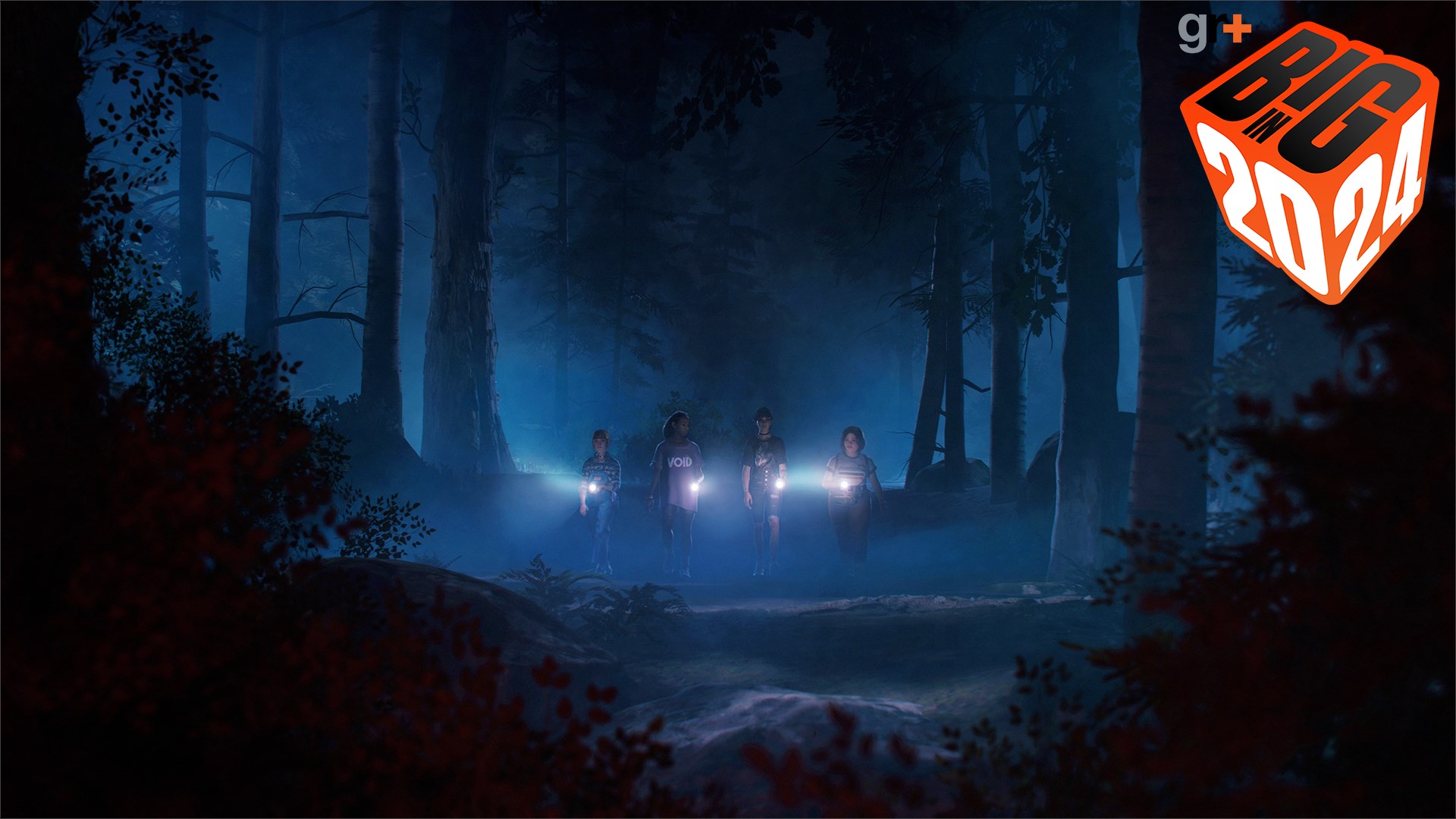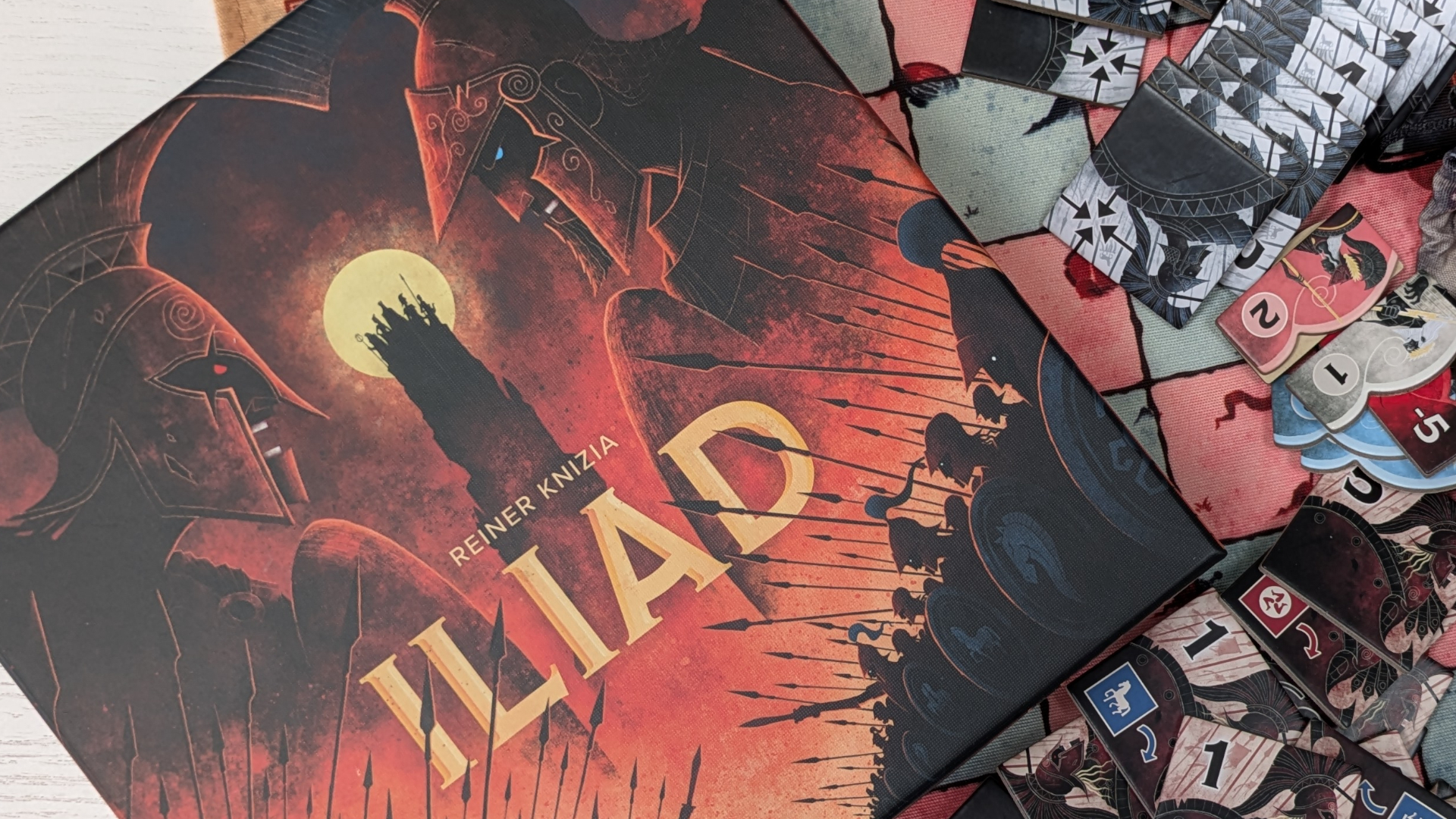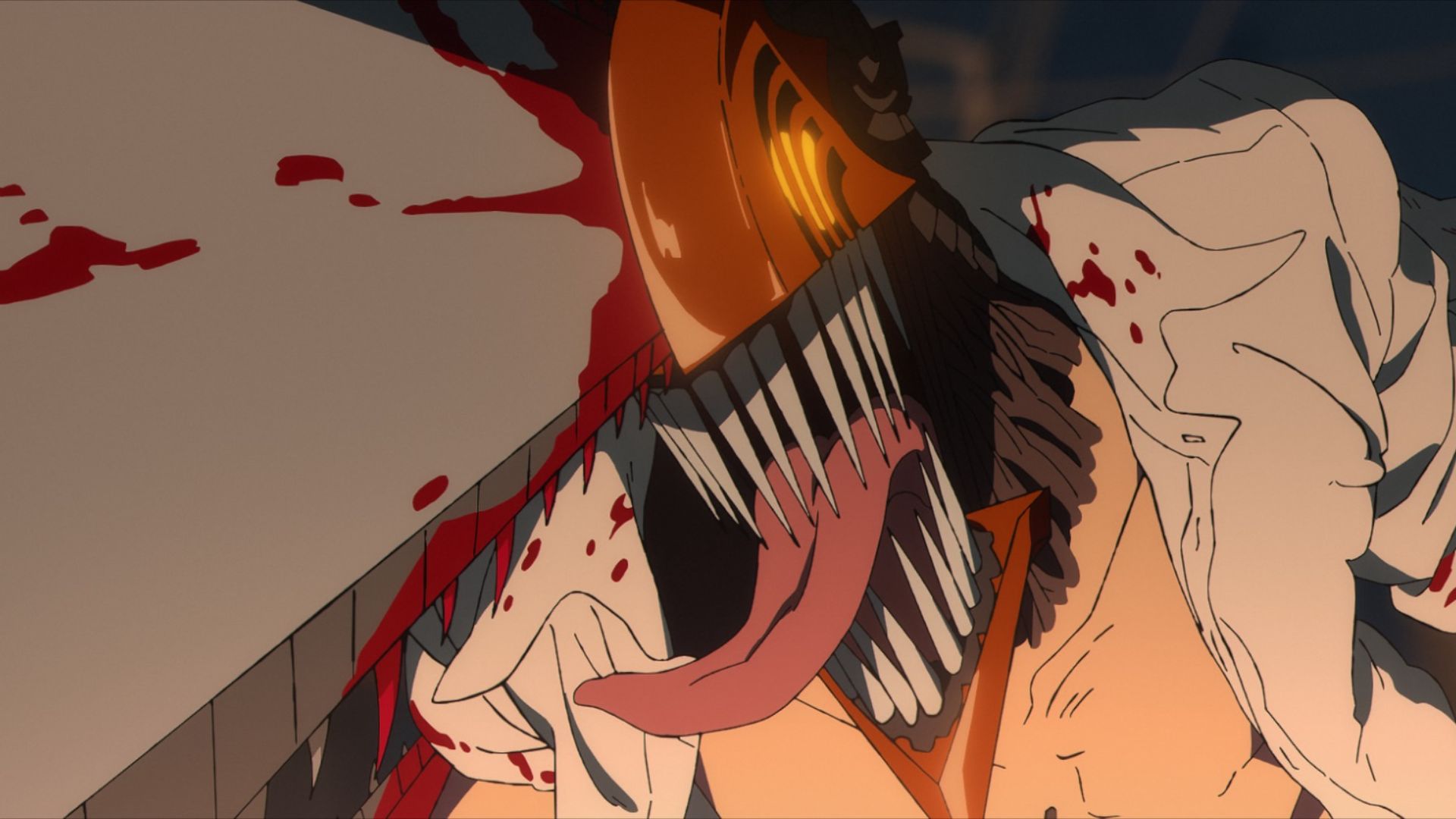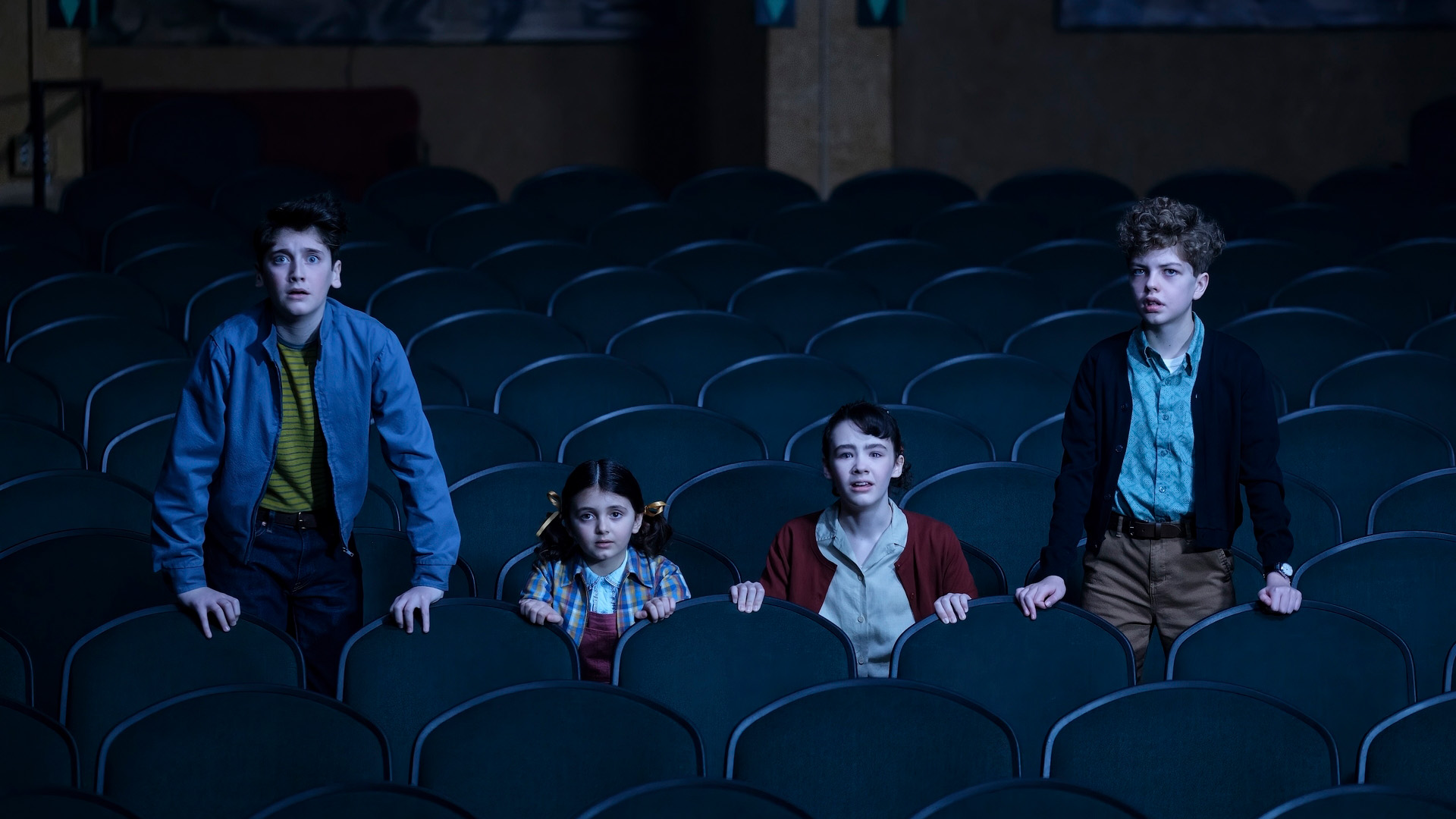Life is Strange devs talk Lost Records: Bloom and Rage's protagonist, story, and choices: "looking at the world is a big part of the interactivity in our game"
Interview | Exploring Lost Records: Bloom and Rage with creative director Michel Koch and executive producer Luc Baghadoust
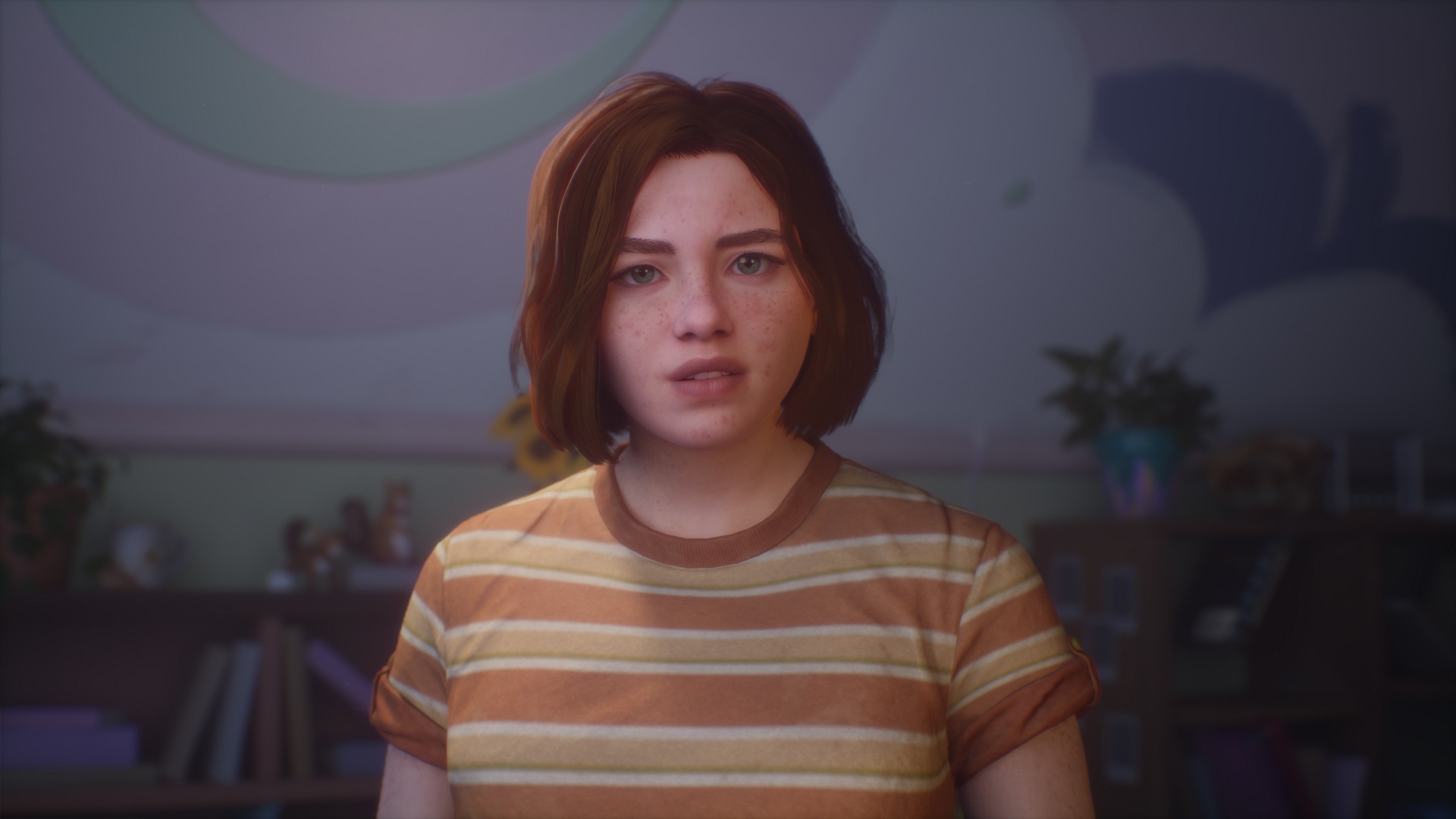
Velvet Cove sets the scene for Lost Records: Bloom and Rage, the new narrative adventure from the creators of Life is Strange. My first proper glimpse of the fictional Michigan town comes into focus through the lens of a '90s camcorder, with the grainy, lo-fi footage of Don't Nod's latest trailer showing off a series of snapshot moments. The way the video jumps and stutters brings to mind my own childhood days spent making silly home videos on cassette tapes with my sister, but the 1995 vibes come through crystal clear. With choker necklaces, skateboards, and the appearance of a Troll doll or two, there's no doubting the decade this takes place in. As the trailer winds down, we end up being introduced to the person behind the camcorder who's documenting her summer – Bloom and Rage's protagonist, Swann Holloway.
"As you can see with the trailer, like we did with our previous protagonists - Max [in Life is Strange] was using a camera, Sean [in Life is Strange 2] was drawing - for Swann, she's filming around the world with a camcorder," creative director Michel Koch tells me. "That's something that we really like [to do] for our protagonists, to give them a way to look at the world that makes sense, but also from a gameplay perspective, because looking at the world is a big part of the interactivity in our game. You walk through environments, you interact with environments, with characters, and we love to give you another tool to interact with those. So with Swann - we'll talk more in more detail in the future about how exactly the camcorder works - but it makes up a big part of the gameplay of the game. You can really record videos and use a camcorder for storytelling for various things."
Group bonds
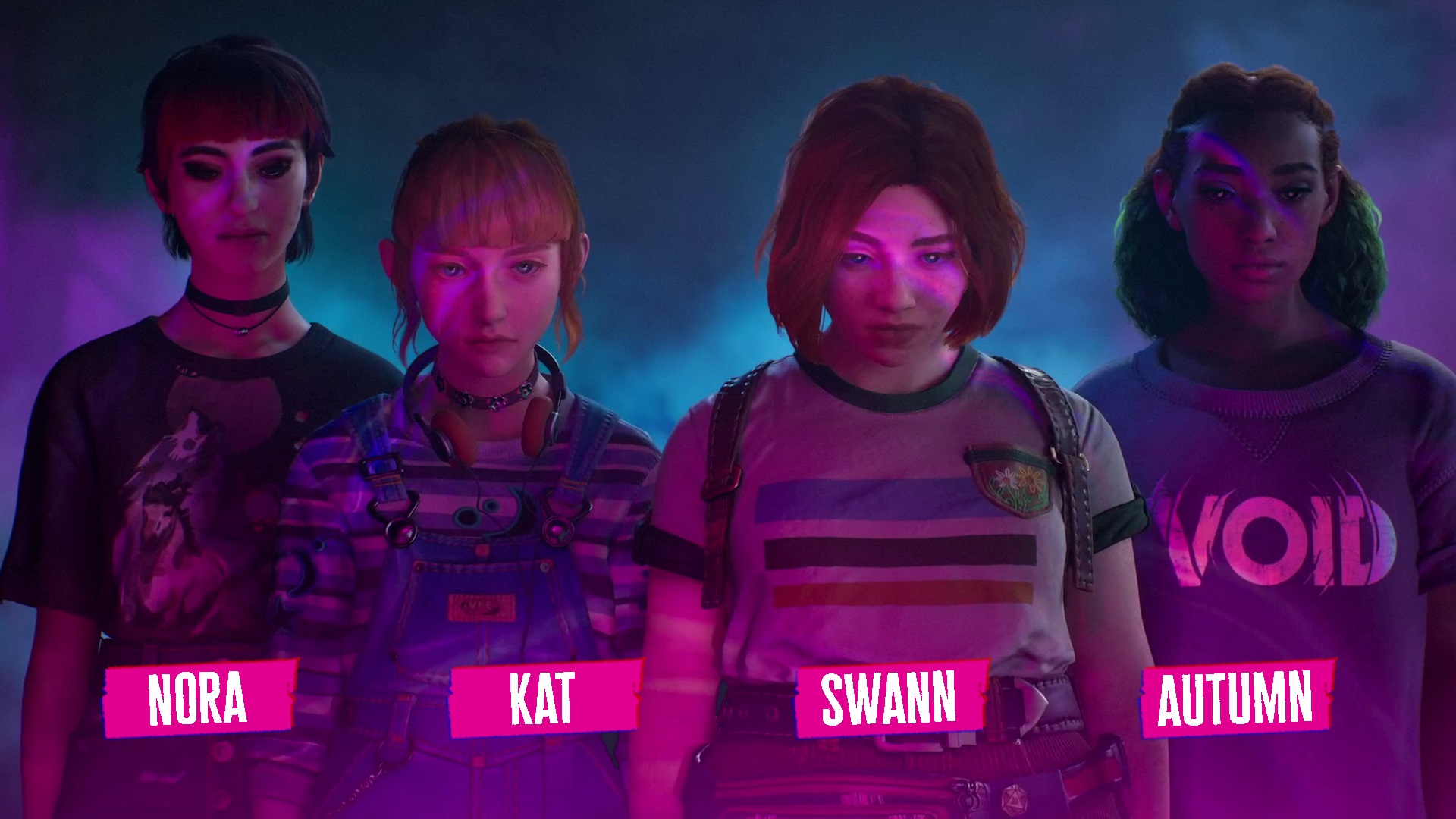
Lost Records: Bloom and Rage follows the story of four friends, Swann, Autumn, Nora, and Kat, who spend a summer together in 1995. As they hangout in Velvet Cove and begin to bond, something happens that changes everything. We won't discover what exactly that something is until the game releases later this year, but it's enough to stop them speaking to one another for 27 years. As the creators behind Life is Strange, the team at Don't Nod are no strangers to bringing to life relatable characters, and likewise, helping us form a connection to them as the players. The group all have their own distinctive personalities that will either bring them closer together or make them clash depending on your choices as Swann, who Koch describes as a "positive introvert", meaning that she doesn't see her introversion "as a flaw or something that she has to overcome".
"She's perfectly happy to be a loner at the beginning of the game, by just going to the woods, using a camcorder, filming things around her, talking with animals," Koch says. "She likes to spend her time alone. She loves her me time, basically. But what's interesting is that she will meet those other girls, Nora, Autumn, and Kat, and she will discover that having friends can bring a lot of things that she didn't know she could experience."
Just like Don't Nod's previous games, Swann's story will put an emphasis on relationships. But where Life is Strange 1 and 2 focused on the bonds between two central characters, Bloom and Rage is instead exploring the dynamics of a group and how the links between Swann, Nora, Autumn, and Kat can influence or alter our path as we navigate through the adventure.
"We really wanted to focus on group dynamics," Koch says. "Not only having two characters, like in our previous games, but having four characters because the group dynamics is something very different. When you find the group, it can clearly make you stronger, it can make you be a squad, a pack against adversity. But you can also be pushed to do things that you wouldn't do by yourself. Or maybe that's even against your core beliefs, and you have to take a stand. Do you follow the group? Or do you take a stand against the group? Do you accept peer pressure?"
"It's never easy to say to your friends that they're wrong, for example. And that's something that's really interesting in a dynamic like that, how do you navigate within a group," Koch continues. "So relationships are really important in the game, one of the core mechanics, core systems, is really to drive and establish the relationship between Swann and each of the other characters - who you are getting the closest to as the adventure advances, who is getting close and becoming best friends, who maybe do you have a crush on, we are working with all those dynamics within the game.
Weekly digests, tales from the communities you love, and more
"And you will discover the characters in two timelines, in the past in 1995, but also in 2022, when they are adults, and they have to reconnect after not seeing each other for 27 years. And we felt that it was also very compelling to discover: how can you reconnect with people? You have experienced something in the past but you've grown apart. Are you still connecting with them? Can you still be friends, or are you very different after life has passed?".
Times have changed
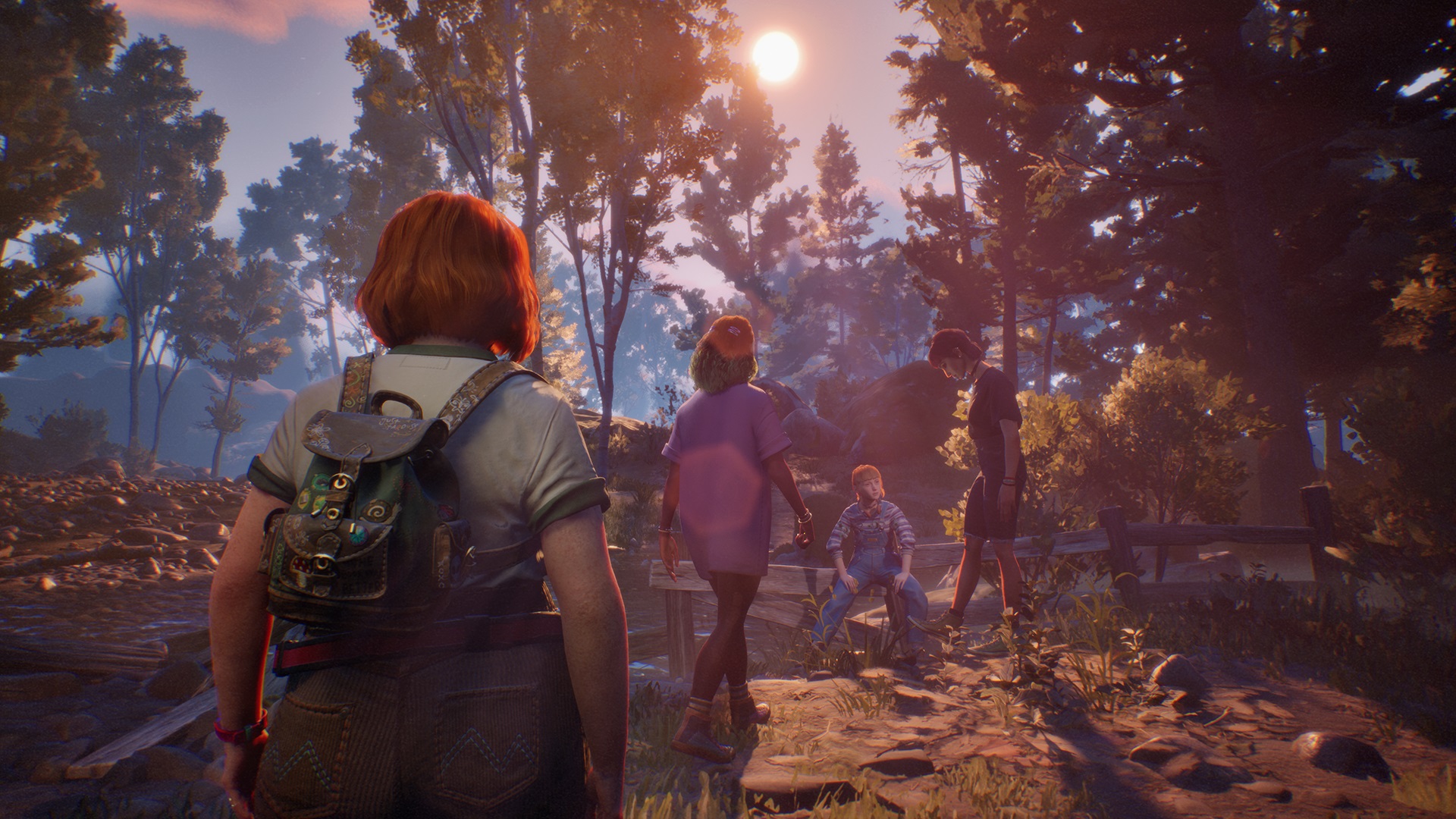
"You, in a much more dynamic way, will be able to interrupt, intervene, maybe decide to not say anything when the group is talking"
Michel Koch, creative director
The idea of meeting the group 27 years later, after the mysterious event has transpired, is certainly an intriguing one. As we explore Swann's memories of 1995 and switch to the present – in this case, 2022 – Koch explains that "a huge aspect" of the game will be making choices in both timelines that will change the story in both the past and the present. One example he gives me is whether or not you decide to let Swann drink alcohol as a teenager, which will directly change the memories you experience during that summer. "When you play in the past memories," Koch says, "a lot of what you say and do here will directly change the backstory in the past and the consequences in the present."
With choice and consequence at the heart of the game, the team is also "putting more emphasis on the dialog system". Alongside making choices at specific moments, Koch explains that there will also be more "naturalistic dialog" that represents how it is to be part of a group. "You, in a much more dynamic way, will be able to interrupt, intervene, maybe decide to not say anything when the group is talking," Koch adds. "And this will bring a lot of choice and variation within the group and the relationship system - with who you are getting close to. So we are using a lot of those two mechanics to drive all the choices and create branches in the narrative. And we'll talk at a later date about what you can do with a camcorder, but what you are filming with your camcorder will also play a part in the gameplay, in the storytelling, but also sometimes in the branches of the game."
After setting their previous games in the Pacific Northwest, the team saw an opportunity to bring Lost Records to a fresh backdrop. Having recently moved to Canada to work at Don't Nod Montreal, Koch was inspired to bring Swann's story to the "shores of Lake Superior" in the US, since she lives on the other side of the lake in Ontario later in life. By doing research, the team were drawn to Northern Michigan and the lore and community of the Yuba Peninsula, which Velvet Cove draws from.
While I can't wait to explore the fictional town and see how our choices will impact both timelines, there's one particular moment in Swann's footage in Velvet Cove that caught my attention - a brief purple glow frames a shot as her camcorder lingers on curious circular graffiti. It immediately brings to mind the initial reveal trailer, where we see the same mysterious light shine across the group's faces. Something is going on, something that appears to possibly hint at the supernatural side of the experience. Since Bloom and Rage will have the "same kind of DNA" as Don't Nod's previous narrative adventures, Koch teases that "there will be some sort of magic in the game", but that ultimately it will still be a story about the characters first and foremost: "We're trying to really use darker, magical elements to tell a better story about our characters."
Two parts
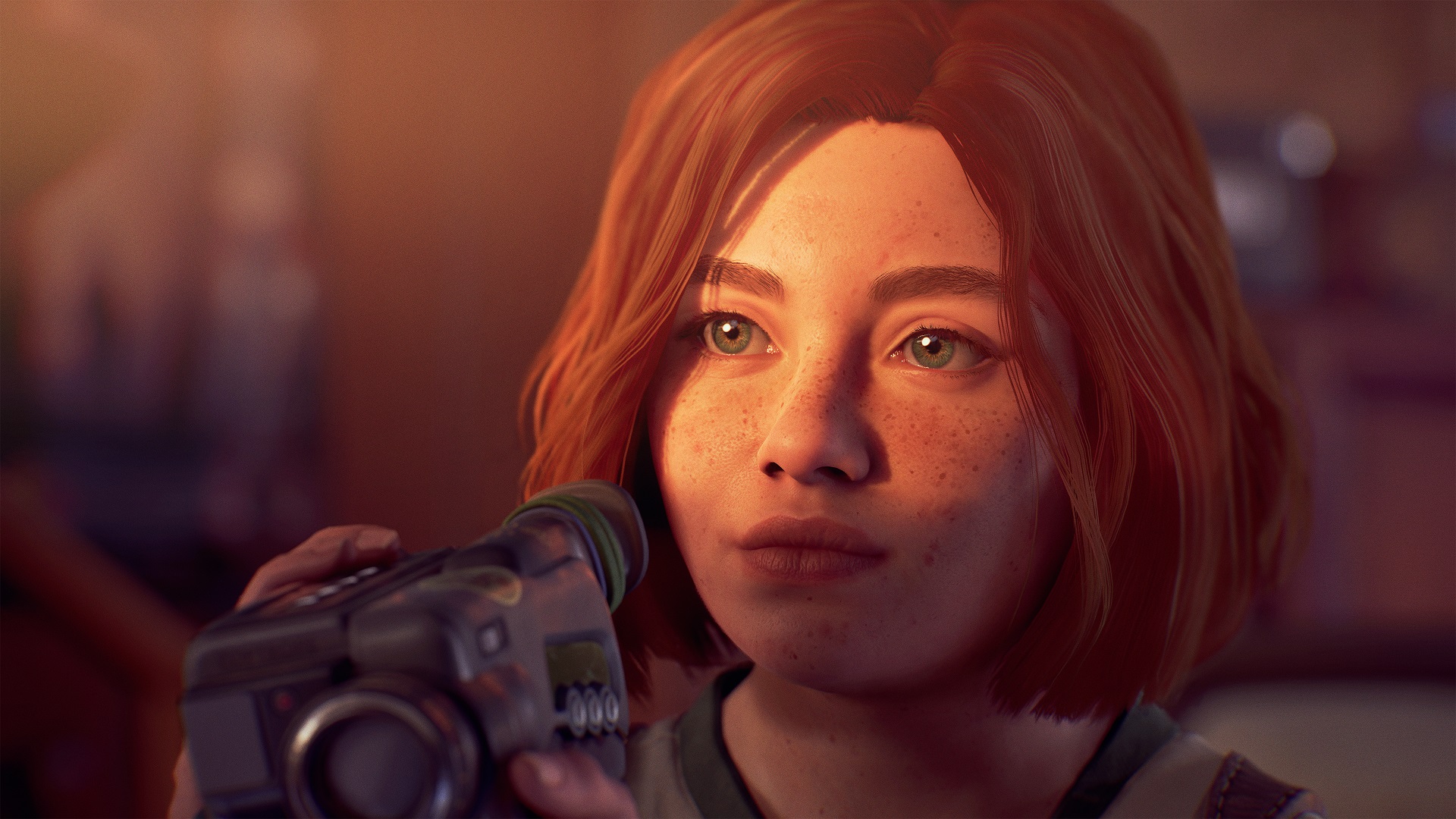
Part of Life is Strange's DNA is its episodic format, which Bloom and Rage is also following - albeit in a slightly different way - by releasing in two parts, with a month's break in between. Both Koch and executive producer Luc Baghadoust speak fondly of the fan theories that cropped up during the release of each episode for Life is Strange 1 and 2, and by breaking Bloom and Rage into two parts with not too long a wait time in between, the team hopes it will give us space to let the events of the story sink in, and possibly even bring us together to theorize about what will happen next – not unlike the way, as Koch recalls, fans would discuss the events of Game of Thrones after the release of each weekly episode.
With Bloom and Rage giving us our first taste of the new Lost Records universe, there are already plans to bring us future stories after Swann's. And as Don't Nod's own IP, it's certainly an exciting time for the studio and for narrative adventure fans.
"With episodic games, what was really great was the opportunity to see how things go while you create them and it brings new ideas and new stuff," Baghadoust says. "And Michel and Jean-Luc [Cano, writer] already have amazing ideas for what will come next. I know that more ideas will come up along the way. And to me, that's one of the most exciting parts along with this project [Bloom and Rage] is the potential for what's coming next."
Lost Records: Bloom and Rage is coming to PC, Xbox Series X/S, and PS5 late 2024. For more upcoming releases, check out our round up of new games for 2024.
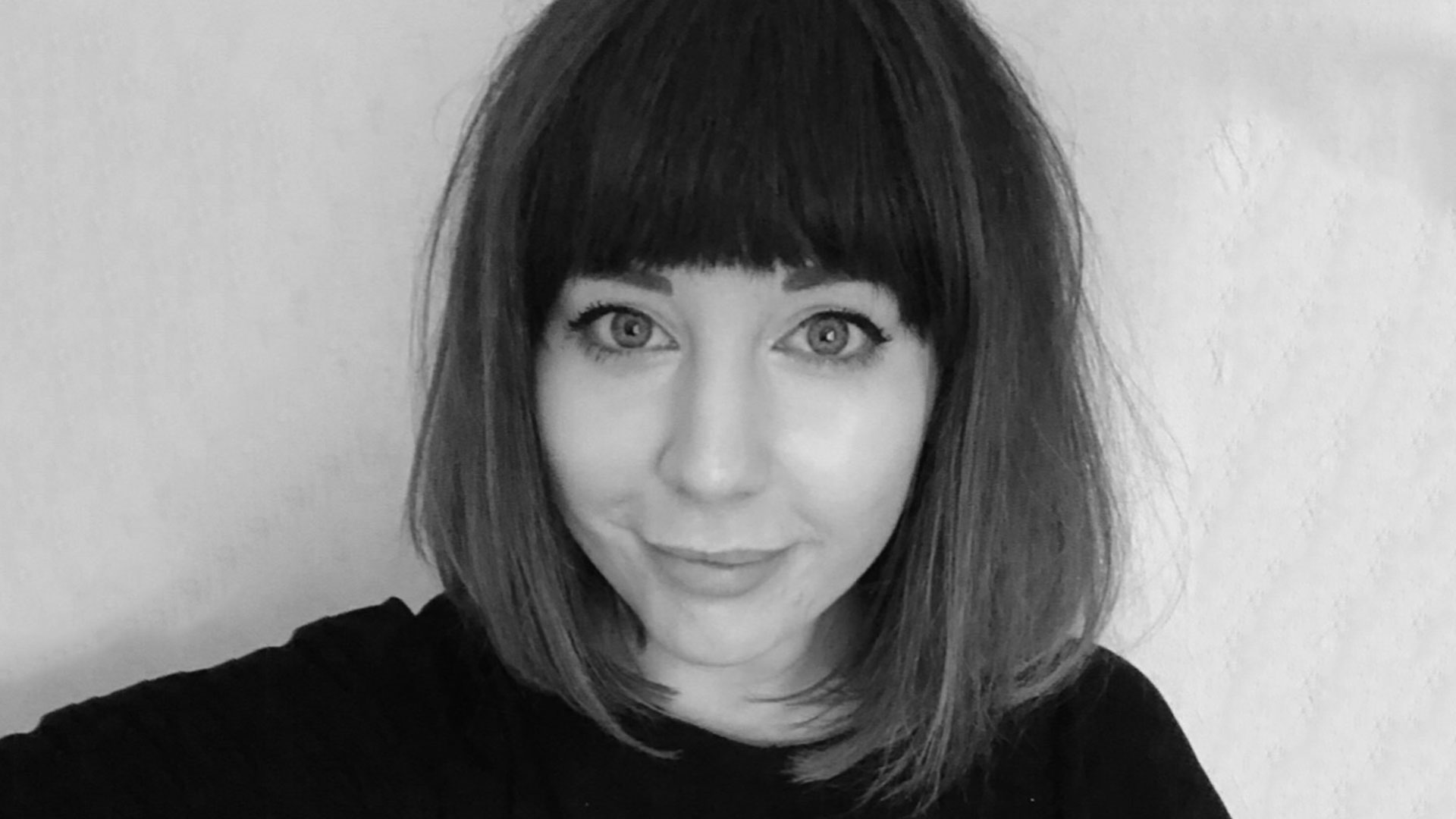
I started out writing for the games section of a student-run website as an undergrad, and continued to write about games in my free time during retail and temp jobs for a number of years. Eventually, I earned an MA in magazine journalism at Cardiff University, and soon after got my first official role in the industry as a content editor for Stuff magazine. After writing about all things tech and games-related, I then did a brief stint as a freelancer before I landed my role as a staff writer here at GamesRadar+. Now I get to write features, previews, and reviews, and when I'm not doing that, you can usually find me lost in any one of the Dragon Age or Mass Effect games, tucking into another delightful indie, or drinking far too much tea for my own good.
